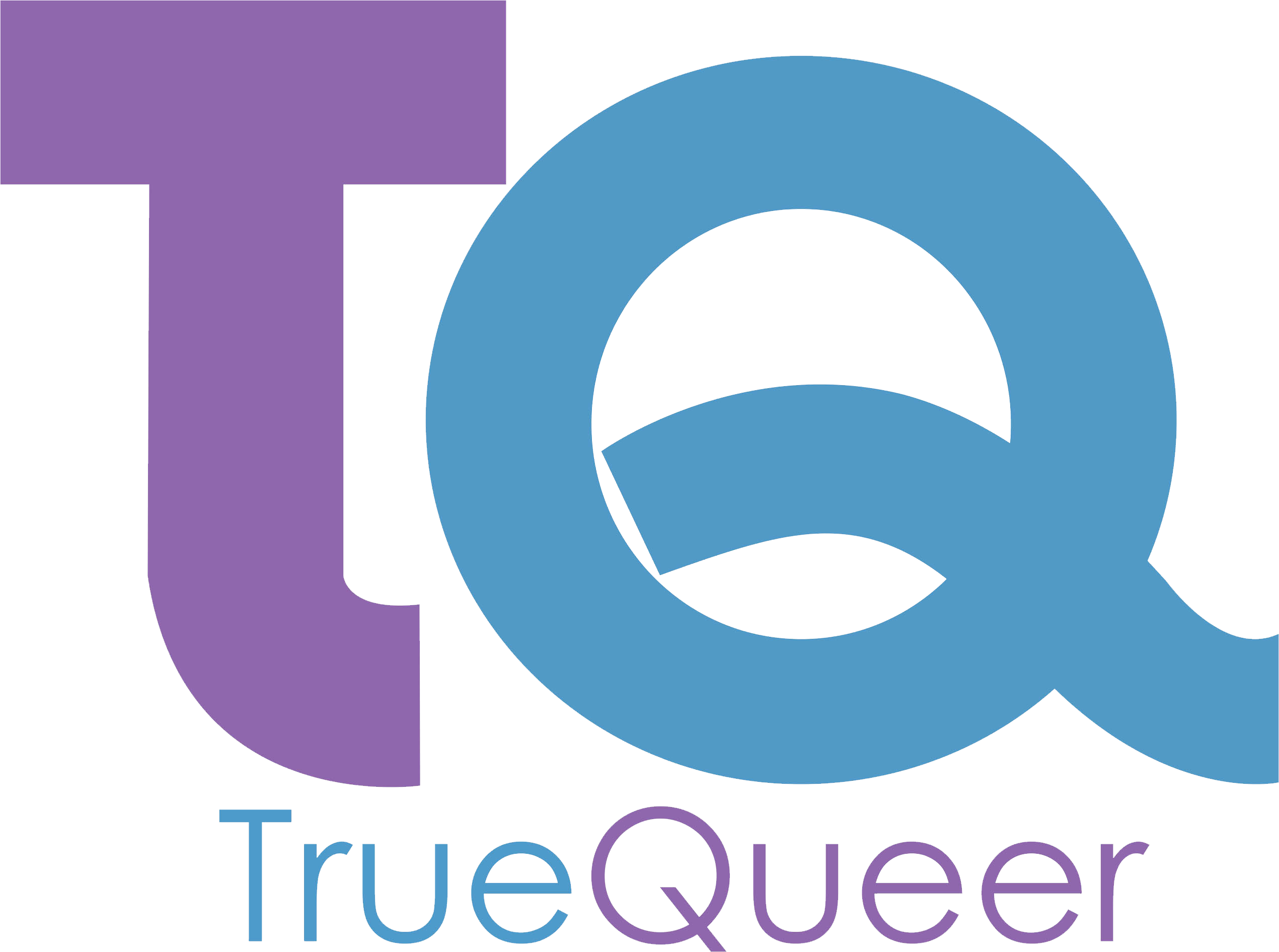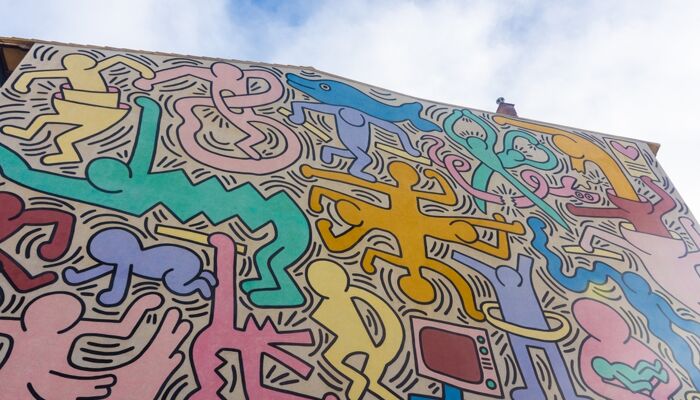AI was used to “complete” Keith Haring’s last work. People hated it.
Sign up for more LGBTQ+ news and updates at TrueQueer.
In a shocking turn of events, a generative AI program was used to “complete” an unfinished painting by the late gay artist Keith Haring, causing outrage among art enthusiasts and fans of the iconic artist. The image, which was shared on social media, was quickly panned as “disgusting” and a “desecration” of Haring’s work.
Keith Haring, known for his bold lines and graffiti art, was a prominent figure in the art world during the height of the AIDS crisis. His art often contained sexual allusions and was used to advocate for safe sex and raise awareness of HIV/AIDS. Tragically, Haring passed away in 1990 at the young age of 31 due to complications related to AIDS.
Haring’s last piece, titled “Unfinished Painting,” held significant meaning for the artist and the LGBTQ+ community. The work featured Haring’s iconic figures in one quarter of the canvas, while the rest was intentionally left blank. According to David C. Ward, co-curator of the National Portrait Gallery’s Hide/Seek exhibition, the painting symbolized a society unable to reach its full potential due to the devastating impact of AIDS.
However, this powerful statement has now been marred by the controversial use of AI technology to “complete” the painting. A social media user shared an image generated by an AI program, which replicated some of the patterns found in the original work but also added new elements outside of the border. The AI-generated human figures in the image were incomplete and broken, suggesting a lack of understanding by the program.
The response to this AI-generated completion of Haring’s painting has been overwhelmingly negative, with many people expressing their anger and disappointment. Critics have labeled it as “disrespectful” and a “desecration” of Haring’s art. They argue that the painting was intentionally left unfinished to convey the impact of HIV/AIDS on Haring’s own potential, and that using AI to complete it erases the intended meaning of the piece.
Furthermore, some social media users pointed out that the AI program’s execution was subpar. They criticized the output, stating that the AI-generated areas lacked coherence and purpose compared to the clear intent and direction in the human-created section of the painting.
This controversy surrounding the use of AI in art is not an isolated incident. Several major AI software companies, including Midjourny and Stability AI, are currently facing a lawsuit filed by a group of visual artists. The artists claim that these companies illegally used their art to train their AI systems, allowing users to generate art that is “indistinguishable” from their original works. The lawsuit argues that this practice violates federal trademark laws and highlights the need for stronger protections for artists’ intellectual property.
The impact of AI on the art world is a subject of ongoing debate. While some argue that AI can be a valuable tool for artists, helping to push creative boundaries and generate new ideas, others express concerns about the potential devaluation and appropriation of artistic works. The controversial use of AI to “complete” Keith Haring’s unfinished painting only adds fuel to this already heated discussion.
As the art world continues to grapple with the implications of AI technology, it is essential to find a balance between innovation and respect for artistic integrity. Artists like Keith Haring have left behind a powerful legacy that should be preserved and honored, not distorted or exploited by AI algorithms. The conversation surrounding AI and art must prioritize ethical considerations and ensure that artists’ voices are heard and respected in this rapidly evolving landscape.
Follow us on: Facebook for more LGBTQ+ news and updates at TrueQueer.
“Keith Haring AI completion”
![]()

